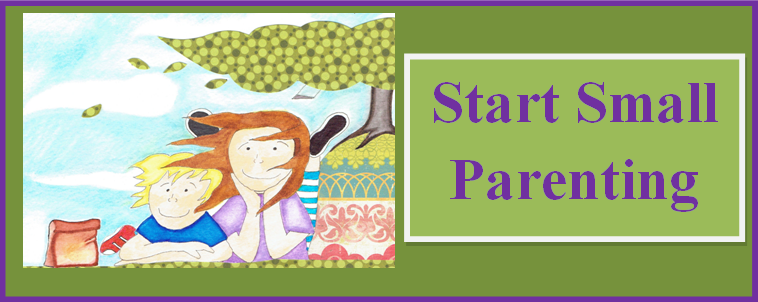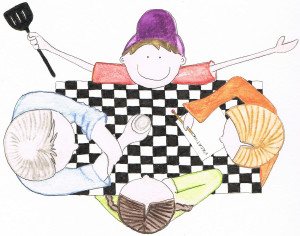
It’s Sunday. Sunny and mild March foothills weather. Sunday is traditionally family day at our house. Today we are all here but doing our own thing. Mu husband is fixing a squeak on his mountain bike (specifically, rear-disc brakes, he just informed me.) My son is building his Lego MindStorms ping pong catapult for Science class. Before I sat down to write this post I was folding laundry (okay, I’m an admitted multi-tasker and was also listening to a blogging podcast on my iPod.) We’re all doing good. But I feel separate. What I really want is connection. Time for a family meeting.
My friend told me she only thinks to hold a family meeting when they are having some kind of crisis. Family meeting = Big Family Issue. So she kinda sorta dreads them.
Instead of equating a family meeting with doom-and-gloom we’re-all-in-trouble issues, what about creating a tradition of connection and enjoyment, a net for the times when things do get rough? I have found that the biggest benefits of family meetings take place over time: a greater sense of well-being, significance, and belonging for all involved. We all want to know our voice matters. What better place than in the safe and loving nest of home?
The following are the steps for your first few family meetings. (These are inspired by Jane Nelson’s take on family meetings from her book, Positive Discipline.) I recommend meeting weekly, and even more often at first to establish a routine and circle of trust.
1) Sit at a Cleared Table. Less distractions =easier to focus.
2) Pick a Leader to run the meeting. Young or old, this position rotates with each family meeting. Younger children may need the help of an adult, but they get to be a leader at some point.
 3) Choose a Talking Stick: We use a wooden spoon or egg beater but also have been known to use such items as a cork, pineapple corer, or garlic rocker. Leader’s choice. The item gets passed and whoever holds it gets to talk.
3) Choose a Talking Stick: We use a wooden spoon or egg beater but also have been known to use such items as a cork, pineapple corer, or garlic rocker. Leader’s choice. The item gets passed and whoever holds it gets to talk.
4) Start with “Gratefuls:” we alternate between sharing what we’re thankful for or giving compliments.
5) Plan for Family Fun: Discuss the next family event or outing. Use a whiteboard to list all ideas with words or pictures. Take a vote and circle the one that’s coming up. Younger family members can check in with the board later and build e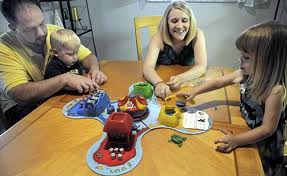 xcitement for the upcoming activity.
xcitement for the upcoming activity.
6) End with playing a family game or a fun dessert. Or both. (I’m not advocating excessive sugar here, especially with my husband on day 378 of NO sugar – check out Super Healthy Kids for some great ideas on healthy desserts.)
Benefits
- Needs can be addressed
- Builds trust
- Each voice matters
- Forum for difficulties
- Teaching opportunity
- Well-being, significance, and belonging
Family Values
A Family Meeting is a great place to discuss and clarify your family’s values. Brainstorm with everyone, accepting all ideas. Discuss and come up with five or six that you can post near your meeting place. Words work with older children (and also act as great parent reminders) – the addition of pictures or photos are helpful for younger children.
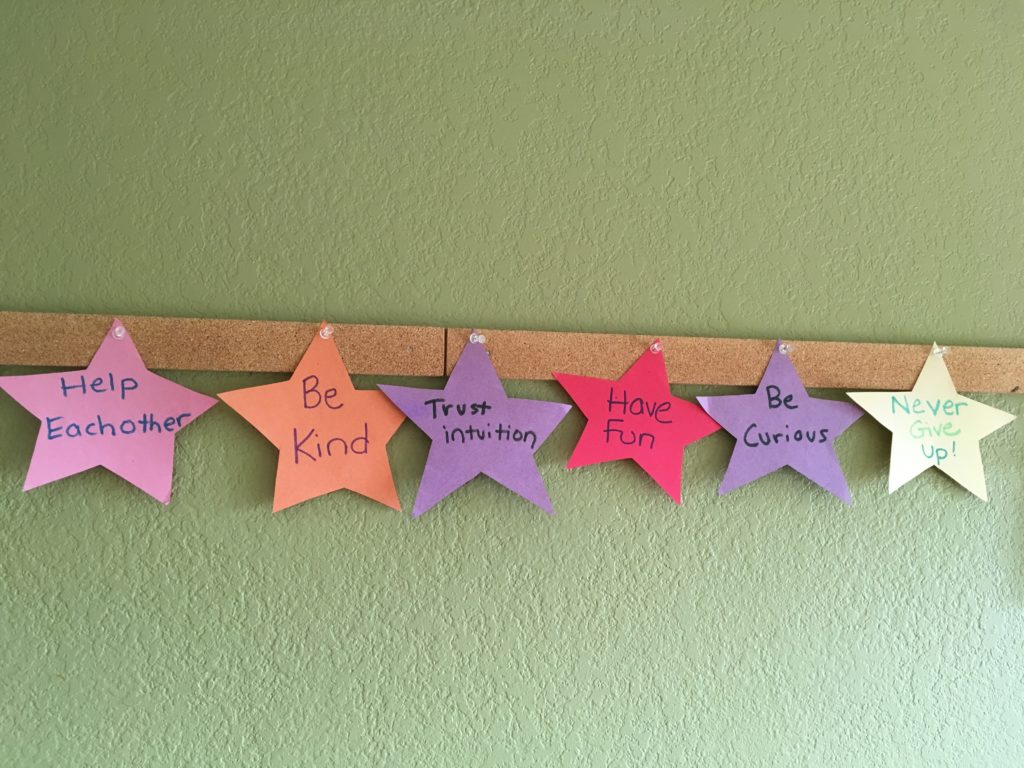
When giving Credit Reports of positivity to family members, it’s helpful to add a family value. For instance:
“You took the dishes off the table. That helps the whole family.”
“Instead of yelling, you Closed the Distance to ask your sister for her book. That helps our house be peaceful.”
Central Location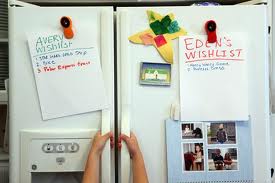
One family communication idea is to have a central place where family members can write down (or draw a picture) of what is up for them (like a wipe board on the fridge.) The topics might range from something fun like family vacation ideas to a more difficult topic like sibling bickering.
Family Contributions
A Family Meeting is a great place to discuss chores or family contributions. Address this hot topic at least once a month. Are agreements being kept? Does a new arrangement need to be made? What successes have occurred?
Problem-Solve
When there is an issue on the table, first find out each person’s 100% need or desire around the issue. Use family brainstorming to problem solve. Develop a plan of action and get agreement from all family members. Revisit the issue at the next family meeting to check-in on how things are going.
Example
Issue: The older sibling yells at and sometimes hits his sister.
First round: Clarify the Issue. This usually happens when little sister plays with her older brother’s toys. He gets very angry.
Second round: The Effect on Family Members. People aren’t for hitting and this upsets the parents to see that. Everyone gets upset when the older child yells and hits: the toddler cries, the parents yell, and someone ends up storming out. What’s important to brother is that he has some way to keep his special toys safe. Little sister wants to have some toys to play with. One of their family values is a peaceful household. This creates lots of chaos. What can they do about this?
Third round: Problem Solve. Discuss the family rule or expectation around the behavior.
- If someone is angry, other family members will try to hear them out. “You seem really mad about…”
- Does a child need help in solving a problem. Encourage and practice asking for help before hurting a family member.
- A list of ideas: Someone might recommend checking out the brainstormed list of family ideas for what to do when angry instead of to take it out on others (generated then or at another family meeting – for example, if angry, take some time alone, scream on the porch, jump on the trampoline, etc. These could be kept on a white board and updated with new ideas.)
- A new rule. In figuring out how to keep some of brother’s toys safe from sister, the family came up with a new rule. Brother will keep his special toys in a Safe Cabinet that his sister can’t reach. If he leaves his toys in the main play area, then anyone can use those toys. He will be in charge of where he puts those special toys.
- Practice the new rule. If children are young, use puppets/dolls with playtime to role play a scenario, or tell a customized bedtime story where an animal friend works through this same issue. If children are older, use a quiet moment to do a Think-a-Minute around the new rule.
In Your Home
Do you have a family meeting idea to share? Do you do them? Do they happen as needed? Or on a regular basis? One friend says she loves the idea, but she just never thinks of it. Another friend has admitted she has issues with repetition and structure and this just doesn’t feel like a fit for her. What about you?
